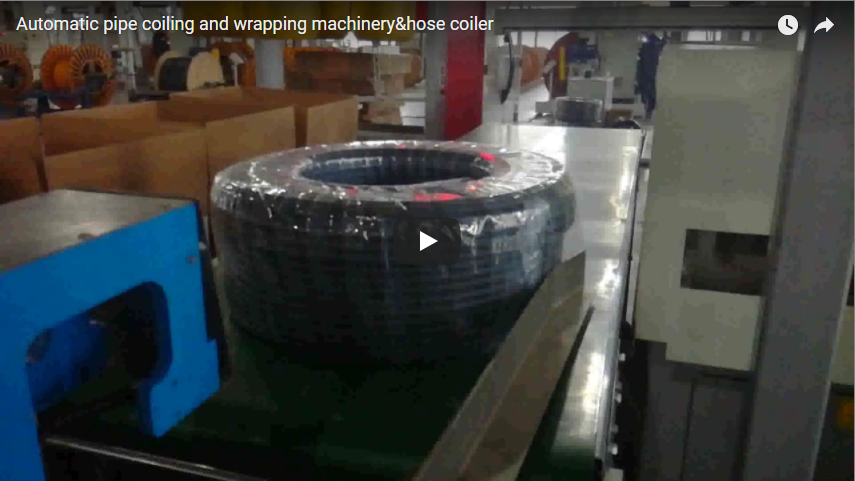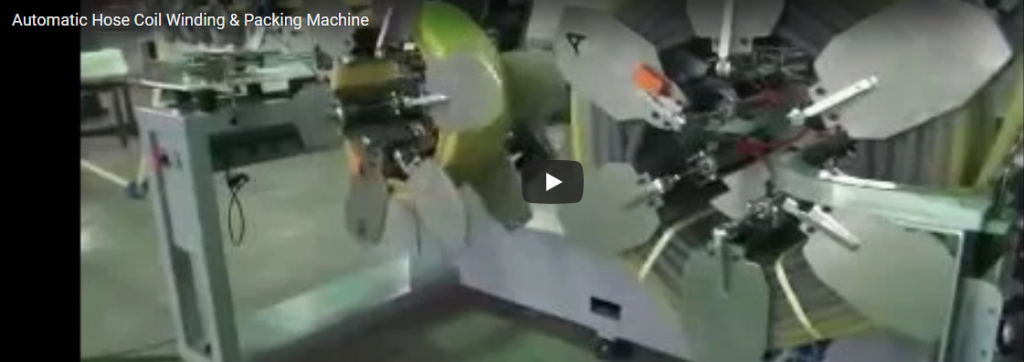Enhancing Pail Packaging: The Role of Automated Bucket Sleeve Shrink Systems
The industrial and retail packaging landscape increasingly demands solutions that offer robust product protection, enhanced brand visibility, and reliable tamper evidence. For products housed in pails or buckets, the bucket sleeve shrink packaging machine has emerged as a critical technology, addressing these needs through automated application and shrinking of polymer sleeves. This machinery is pivotal for sectors ranging from paints and coatings to food ingredients and chemicals.
Core Operational Process: Precision Sleeving and Shrinking
Automated bucket sleeving systems execute a precise sequence to ensure consistent and high-quality results:
- Infeed and Positioning: Filled buckets enter the machine via a conveyor system. Sensors detect the bucket's presence and ensure accurate positioning relative to the sleeving unit. Proper alignment is crucial, especially for tapered pails or those with complex handle designs.
- Sleeve Formation and Cutting: Flat, pre-printed shrink film is fed from a roll, formed into a tube (seamed or seamless), and precisely cut to the required length based on the bucket's height and desired coverage. Advanced systems utilize servo-driven cutters for high accuracy and speed.
- Sleeve Application: The cut sleeve is typically opened and dropped over the bucket. Mandrel-based systems, often incorporating designs referenced in patents focusing on consistent sleeve placement (e.g., bullet-nose or vacuum-assisted mandrels), ensure the sleeve is accurately positioned without snagging on pail features like handles or lids.
- Heat Shrinking: The bucket, now loosely sleeved, passes through a controlled heat source, commonly a shrink tunnel. Various technologies exist:
- Hot Air Tunnels: Offer versatility and cost-effectiveness but require careful airflow management to prevent film distortion.
- Infrared (IR) Tunnels: Provide targeted heating, potentially reducing energy consumption and improving shrink consistency on specific areas.
- Steam Tunnels: Often preferred for achieving the highest quality finish, especially with challenging container shapes and high-shrink films like PETG, as steam provides uniform, lower-temperature heat transfer, minimizing the risk of "smiling" or distortion. Research published in packaging journals often compares the efficacy of these methods for different film types and container geometries.
- Discharge: The finished bucket, with the sleeve tightly conformed to its contours, exits the machine for downstream processes like palletizing.
Key Technological Components and Considerations
Modern bucket sleeve shrink systems incorporate sophisticated engineering for optimal performance:
- Sleeve Applicator Technology: Innovations focus on speed, reliability, and handling diverse bucket sizes and shapes without manual adjustment. Servo drives ensure precise film feeding and cutting, minimizing waste.
- Shrink Tunnel Design: Efficiency and uniformity are paramount. Advanced designs feature zoned heating, adjustable airflow or steam nozzles, and insulation to optimize energy usage and achieve consistent 360-degree shrinkage, conforming tightly around handles and under pail lips for effective tamper evidence.
- Material Handling: Conveyor systems must securely transport potentially heavy or awkwardly shaped buckets, often integrating timing screws or specialized guides for stability during sleeve application and shrinking.
- Control Systems: PLC-based controls with Human-Machine Interfaces (HMIs) allow for recipe management (storing parameters for different bucket/film combinations), real-time monitoring, diagnostics, and seamless integration into larger packaging lines.
Typical Machine Parameters:
- Operating Speed: Ranging from 15 to 60+ buckets per minute (BPM), depending on bucket size and system configuration.
- Bucket Size Range: Accommodates various diameters and heights, often specified by minimum/maximum dimensions.
- Film Compatibility: Designed for common shrink sleeve materials like PVC, PETG, OPS, and increasingly, PLA bioplastics.
- Shrink Technology: Hot Air, IR, Steam, or Hybrid.
The Science of Shrink Films for Pail Applications
Selecting the appropriate shrink film is critical for success. Key materials include:
- Polyvinyl Chloride (PVC): Cost-effective with good scuff resistance, but environmental concerns are driving shifts towards alternatives.
- Polyethylene Terephthalate Glycol (PETG): Offers high clarity, excellent shrink performance (up to 75-80%), and recyclability. Ideal for conforming to complex shapes.
- Oriented Polystyrene (OPS): Provides good clarity and lower shrink force than PETG, suitable for preventing distortion on thinner-walled containers.
- Polylactic Acid (PLA): A biodegradable and compostable option derived from renewable resources, gaining traction due to sustainability initiatives.
Film thickness (typically 40-70 microns) and shrink characteristics (shrink curves, maximum shrinkage percentage) must be matched to the bucket's geometry and the desired final appearance.
Strategic Advantages of Bucket Sleeve Shrink Packaging
Implementing this technology delivers significant benefits, widely recognized in industry publications like Packaging World:
- Superior Tamper Evidence: The tightly shrunk sleeve provides a highly visible, difficult-to-replicate seal over the lid and upper portion of the pail, assuring end-users of product integrity. This aligns with stringent CPG and industrial requirements.
- Enhanced Branding and Shelf Impact: Sleeves offer a 360-degree printable surface for high-impact graphics, branding messages, and regulatory information, transforming the bucket into a powerful marketing tool.
- Robust Product Protection: The durable film layer adds resistance against scuffs, scratches, moisture, and potentially UV light (with specific additives) during transit and handling.
- Operational Efficiency: Automation significantly reduces manual labor associated with labeling or other packaging methods, increases throughput, and ensures consistent application quality.
- Consolidation: A single sleeve can potentially replace multiple labels (product info, branding, warnings), simplifying inventory and application processes.
Diverse Industry Applications
The versatility of bucket sleeve shrink systems makes them suitable for a wide array of products:
- Paints, Coatings, and Adhesives: Providing tamper evidence and branding for retail and industrial sizes.
- Chemicals and Agrochemicals: Ensuring secure containment and clear communication of hazard information.
- Building Materials: Packaging drywall compound, sealants, and tile adhesives.
- Food Ingredients: Bulk oils, sauces, flavorings, and dairy products requiring high standards of hygiene and tamper evidence.
- Pet Food: Large-format dry kibble and treat containers.
- Janitorial Supplies: Bulk cleaning solutions and powders.
Implementation Considerations
Integrating a bucket sleeving system requires careful planning:
- Line Integration: Ensuring seamless connection with upstream filling/lidding equipment and downstream case packing or palletizing.
- Floor Space and Utilities: Allocating adequate space and ensuring sufficient power, compressed air, and potentially steam supply.
- Changeover Efficiency: Selecting machinery designed for quick and easy changeovers between different bucket sizes or film types is crucial for operational flexibility.
- Maintenance and Training: Establishing proper maintenance schedules and providing thorough operator training are key to maximizing uptime and performance.
In conclusion, automated bucket sleeve shrink packaging machines represent a sophisticated and highly effective solution for modern pail packaging challenges. By combining precision engineering, advanced material science, and robust automation, these systems deliver enhanced product security, powerful branding opportunities, and significant operational efficiencies across numerous industries.






